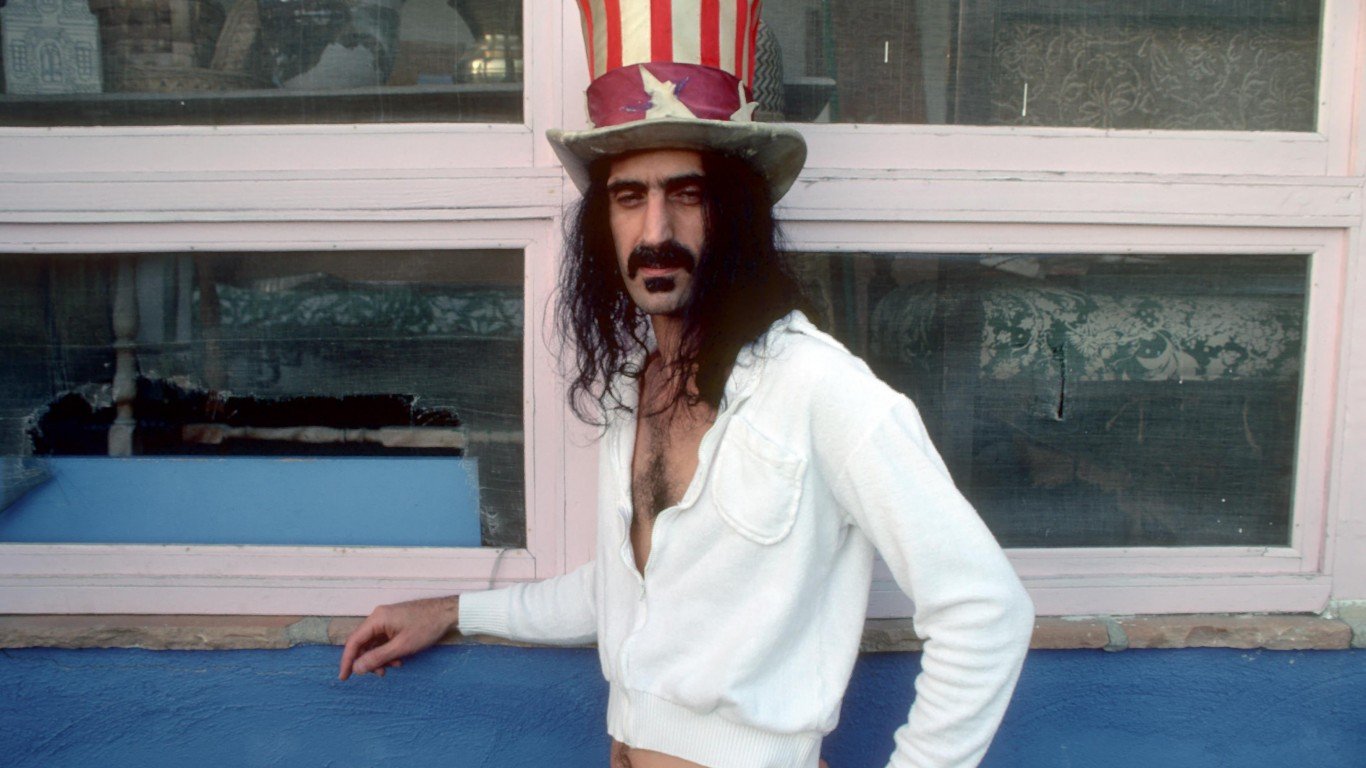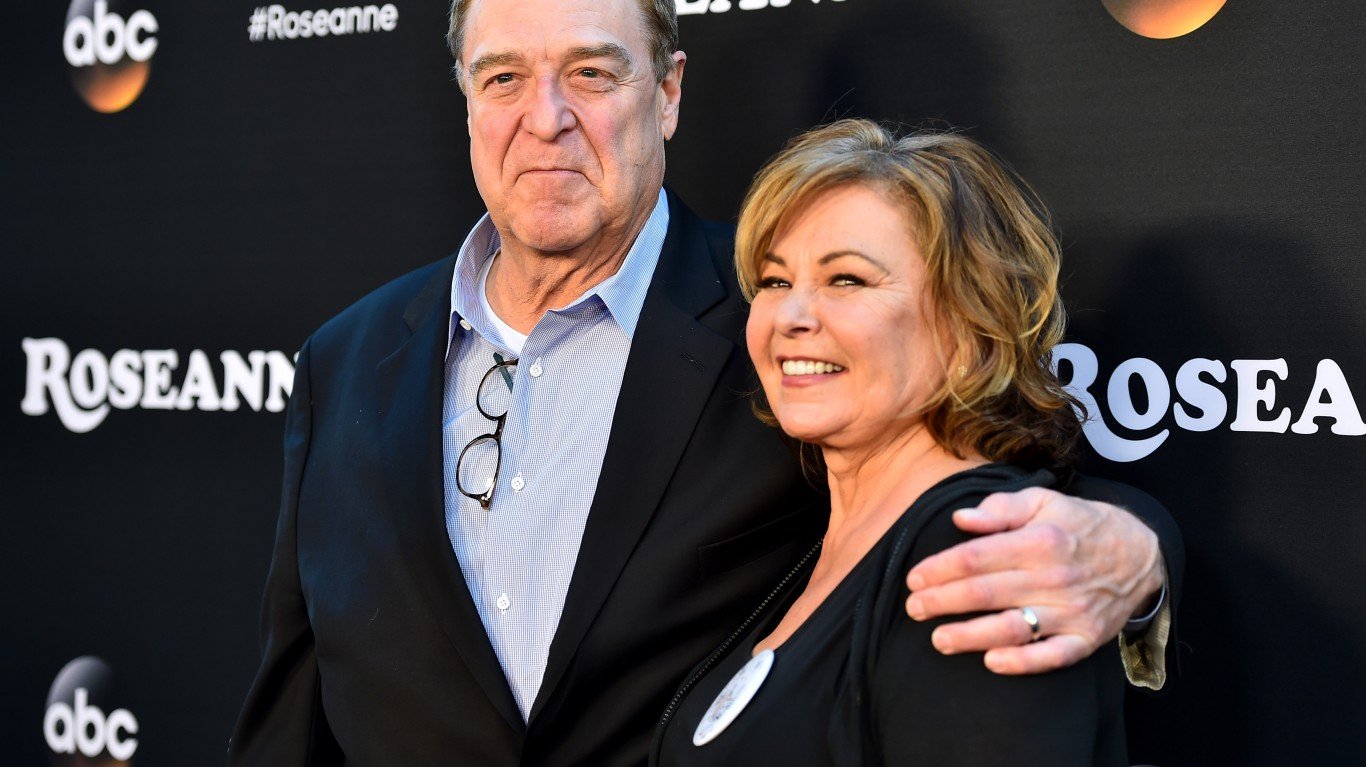Citing the “tremendous success” of its streaming efforts since last November, Walt Disney Co. (NYSE: DIS) announced late Tuesday a reorganization of its media and entertainment businesses. The media giant will now focus on “developing and producing original content” for its streaming services, including legacy platforms like DVDs. Distribution and commercialization of content are going to be centralized in a single media and entertainment distribution organization.
Distribution and commercialization mean figuring out ways to make money across all the company’s platforms, including Disney+, Hulu, ESPN+ and the soon-to-be-delivered Star international streaming service. While Disney is not planning to withhold original content from theaters, neither does the company see the Mouse House’s future in the old distribution model.
Simply put, direct-to-consumer (DTC) services like streaming and DVD sales allow Disney to keep a far larger portion of the profits instead of sharing them with theater owners. Theater owners AMC Entertainment Holdings Inc. (NYSE: AMC) and Cinemark Holdings Inc. (NYSE: CNK) traded down 7.9% and 8.7%, respectively Tuesday morning. Last week, London-based Cineworld, owner of Regal Cinemas, temporarily shut down all its 534 U.S. Regal theaters.
Box office sales are off by more than 80% year over year through last week, and new releases are down by 60%. Less than a quarter of Americans say they are comfortable going to a movie theater and another 38% say it will take more than six months for them to be comfortable.
Will Disney’s DTC push be the final nail in the coffin for movie house operators? AMC, according to a report in Barron’s, could run out of liquidity in six months, and its debt is already deep into the junk region. Barring a federal bailout, the industry may not be able to recover.
Disney CEO Bob Chapek stated the reason for the reorganization: “Managing content creation distinct from distribution will allow us to be more effective and nimble in making the content consumers want most, delivered in the way they prefer to consume it.”
Right now, consumers prefer to stay home and stream content rather than risk getting infected by COVID-19. Disney’s release of its live-action version of “Mulan” cost $30 to view and generated an estimated $270 million in its first eight days of streaming. That’s a profit of around $70 million, based on an estimated budget of $200 million.
An estimated 1.1 million U.S. households watched “Mulan” over the long Labor Day holiday weekend, roughly equivalent to the first week’s box office receipts for the fall season’s first theatrical release, “Tenet.”
Last year, Disney’s box office receipts totaled $11.9 billion, including a full third of domestic ticket sales. It took decades to reach that level, and Disney won’t be able to replace all that with streaming revenues for years to come. But the direction is clear to the company’s management.
Disney stock traded up nearly 5% Tuesday morning, at $131.03 in a 52-week range of $79.07 to $153.41. The consensus price target on the stock is $136.71.
Essential Tips for Investing: Sponsored
A financial advisor can help you understand the advantages and disadvantages of investment properties. Finding a qualified financial advisor doesn’t have to be hard. SmartAsset’s free tool matches you with up to three financial advisors who serve your area, and you can interview your advisor matches at no cost to decide which one is right for you. If you’re ready to find an advisor who can help you achieve your financial goals, get started now.
Investing in real estate can diversify your portfolio. But expanding your horizons may add additional costs. If you’re an investor looking to minimize expenses, consider checking out online brokerages. They often offer low investment fees, helping you maximize your profit.
Thank you for reading! Have some feedback for us?
Contact the 24/7 Wall St. editorial team.
 24/7 Wall St.
24/7 Wall St.


